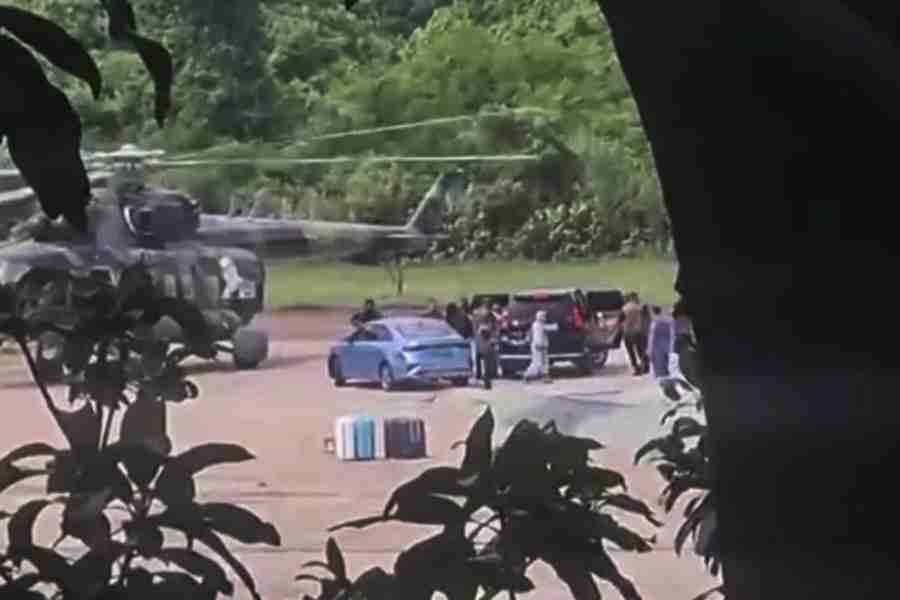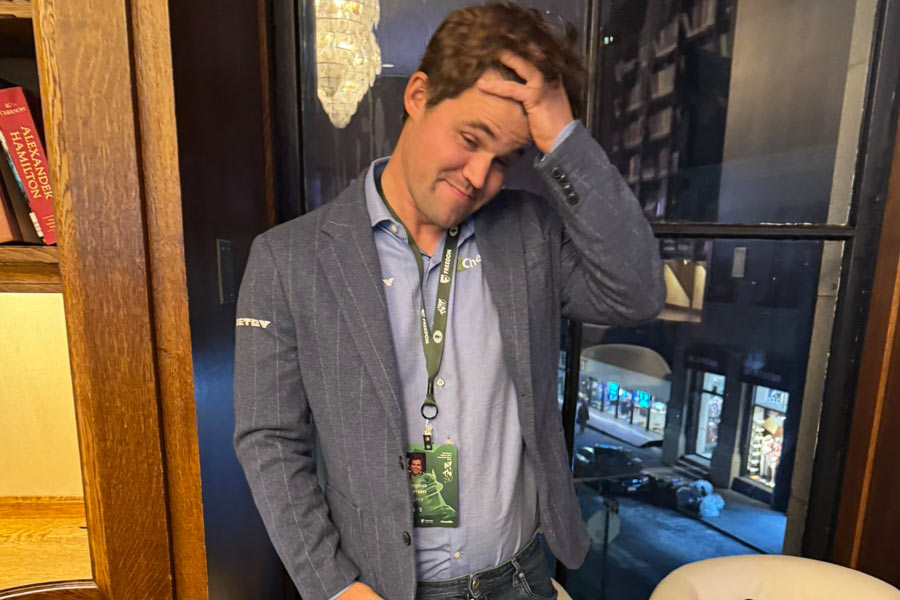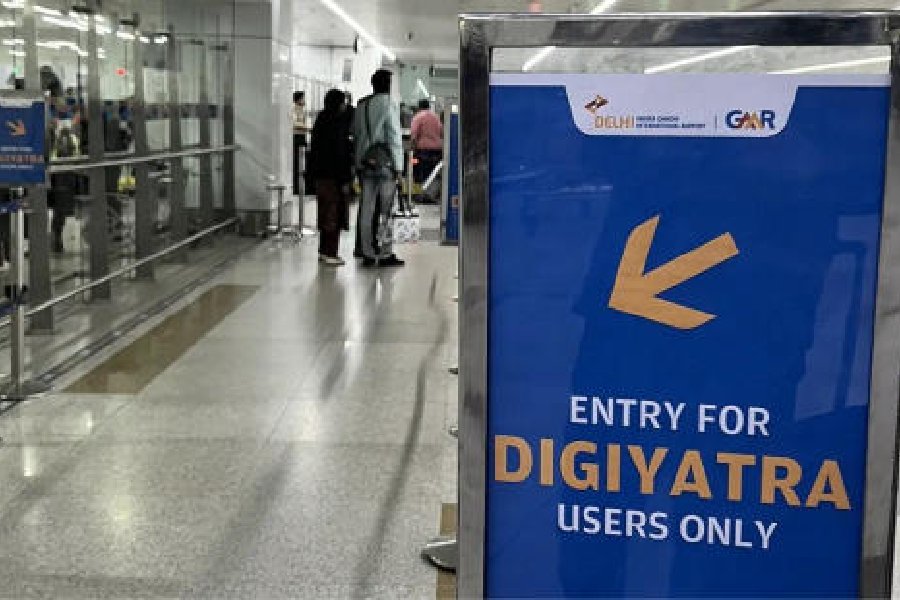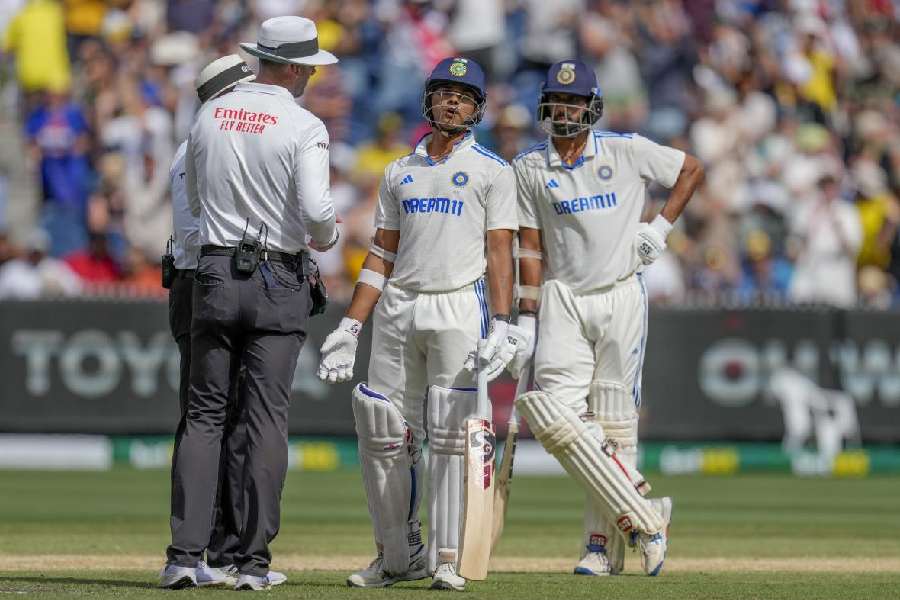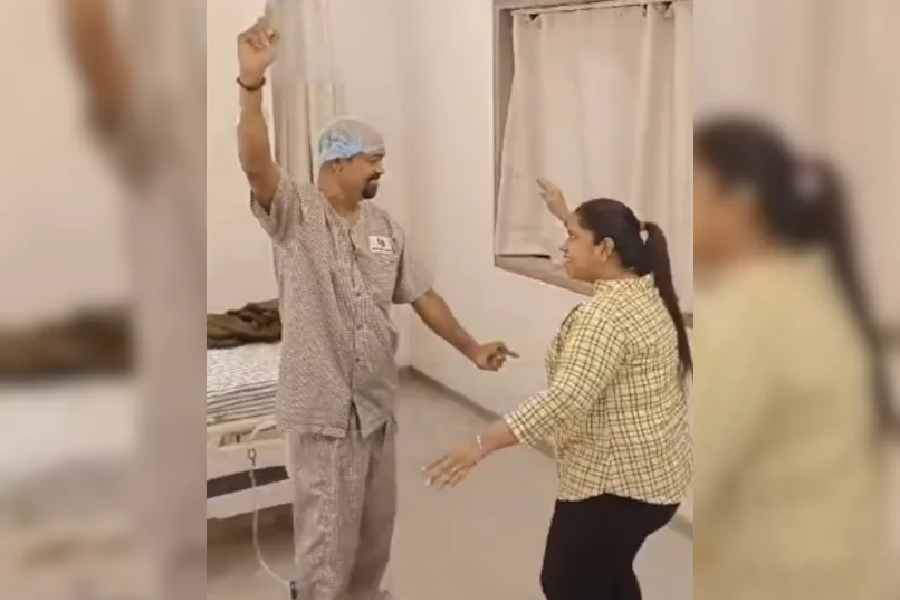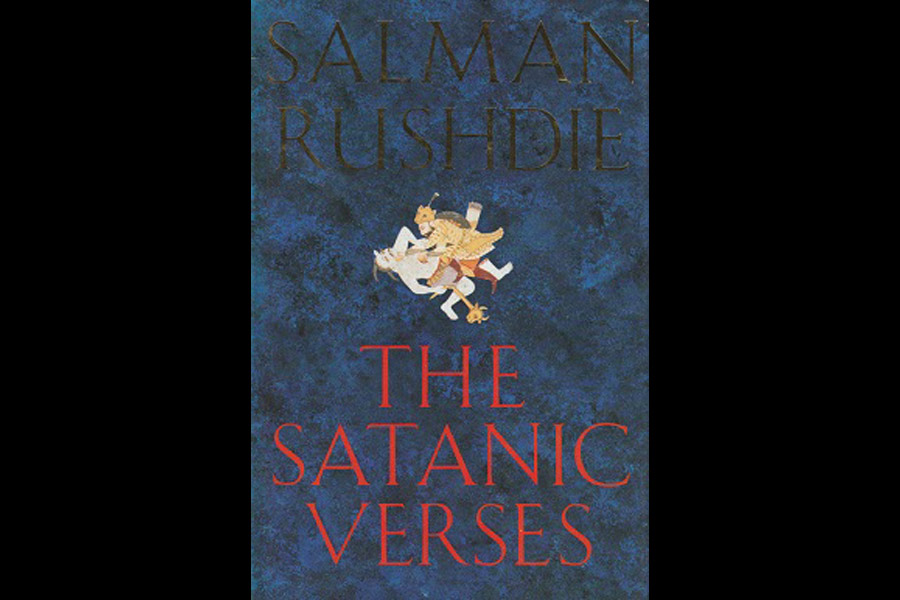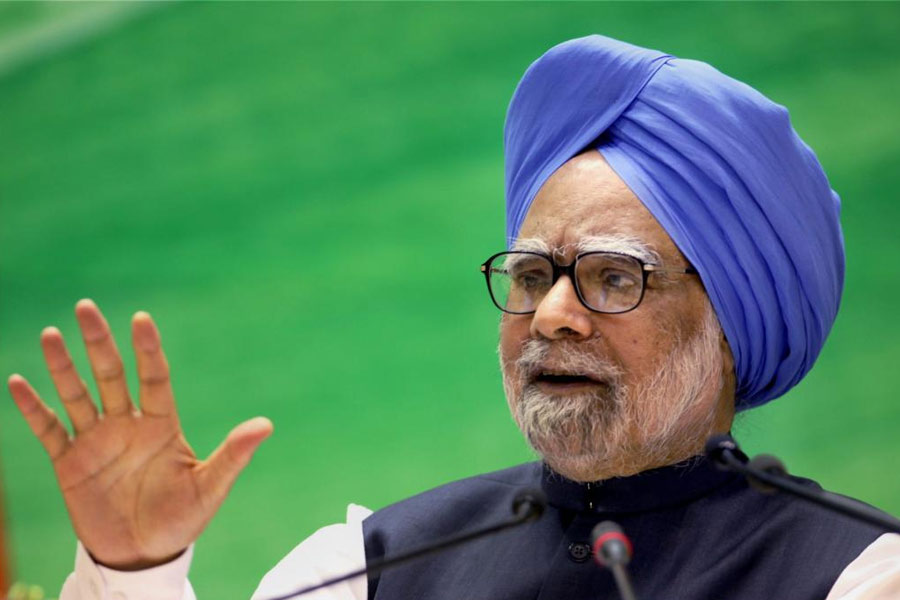A young man in Bangladesh bears the scars of the revolution that has plunged India’s eastern neighbour into unprecedented turmoil.
Nearly six months since the uprising in Dhaka, Nahid Prodhan, 21, wonders if he made the right decision on that fateful day of August 4, when then-Bangladesh Prime Minister Sheikh Hasina was forced to flee to India.
Nursing pellet-gun injuries that he suffered on his back on August 4 in Narayanganj, about 16 km southeast of the capital of Bangladesh, Nahid told The Telegraph Online over the phone: “Had I known then that this would be the outcome of the people’s movement, I would probably have stayed away.”
Over the last couple of months, Bangladesh has been in the news with reported attacks on minority Hindus, Christians and Sufis. The interim government of Bangladesh, the principal adviser of which is Nobel laureate Mohammad Yunus, has denied most of the charges and accused India of a malicious campaign.
Nahid, who works in a garments’ manufacturing unit, was also on the streets with millions of other Bangladeshis on the streets across the country, demanding the resignation of Hasina.
“The one point, one demand [the ouster of Hasina] had metamorphosed into a people’s movement. Every citizen was there and so was I,” Nahid said.
It was during the protests brutally suppressed by the Bangladesh government under Hasina that Nahid suffered his injuries. Nearly six months later, under the interim government, he has been running around hoping for financial assistance for treating his pellet-gun injuries.
Nahid said he was hiding behind a garbage dump with two others when the cops spotted them on August 4.
“I was in Narayanganj’s Uttar Chasara where the protest rally had just ended. I was on the way to my maternal grandfather’s house when I saw the cops marching in,” Nahid said.
Sensing that an attempt to flee could cost him his life, Nahid spotted the garbage dump and decided to hide behind it. Unfortunately, he and his two companions had been spotted by then and unknown to them the police had surrounded the trio.
The cops fired at him with a pellet gun, from close range, according to Nahid. He still carries the wounds on his back and the pellets inside his body. Though his companions escaped the pellet gun, all three were assaulted.
Nahid was hospitalised for four days, where some strangers had taken him.
The young factory worker could count himself lucky. Dhaka-based daily Prothom Alo in September reported that pellet injuries had led to blindness in both eyes of 19 people while 382 others had lost one eye each.
The data published in the daily was provided by Bangladesh's National Institute of Ophthalmology and Hospital in Dhaka’s Agargaon. Between July 17 and August 27, a total of 718 victims with eye injuries were admitted to the NIOH; 520 of them required surgery.
Though the then Bangladesh government had initially denied any casualties during the quota movement which started in July, the former Bangladesh home minister Asaduzzaman had confirmed 147 deaths in late July.
Amnesty International had condemned the Bangladesh government under Sheikh Hasina and stated there was “overwhelming evidence that the use of lethal and sometimes less lethal but still severe force has been used unlawfully by security forces in Bangladesh”.
For the likes of Nahid, a change in the regime, though only as an interim arrangement as fresh elections are yet to take place, has hardly brought any change.
“I have been to the district collector’s office three or four times, registered my name on government portals for compensation,” said Nahid.
“A list of 85 victims was released by the DC’s office some days ago and they were given Taka 20,000. My name was not in the list. I have not heard since then from the government,” he said.
“Recently I met another victim who was admitted in the same ward as me and he had to spend some six lakh to seven lakh takas for treatment. I don’t have that kind of money,” he added.


